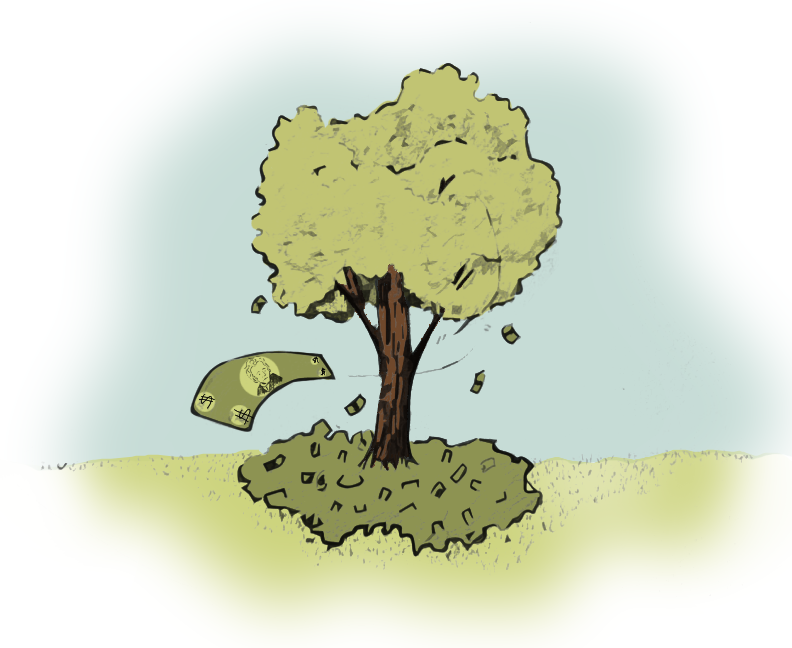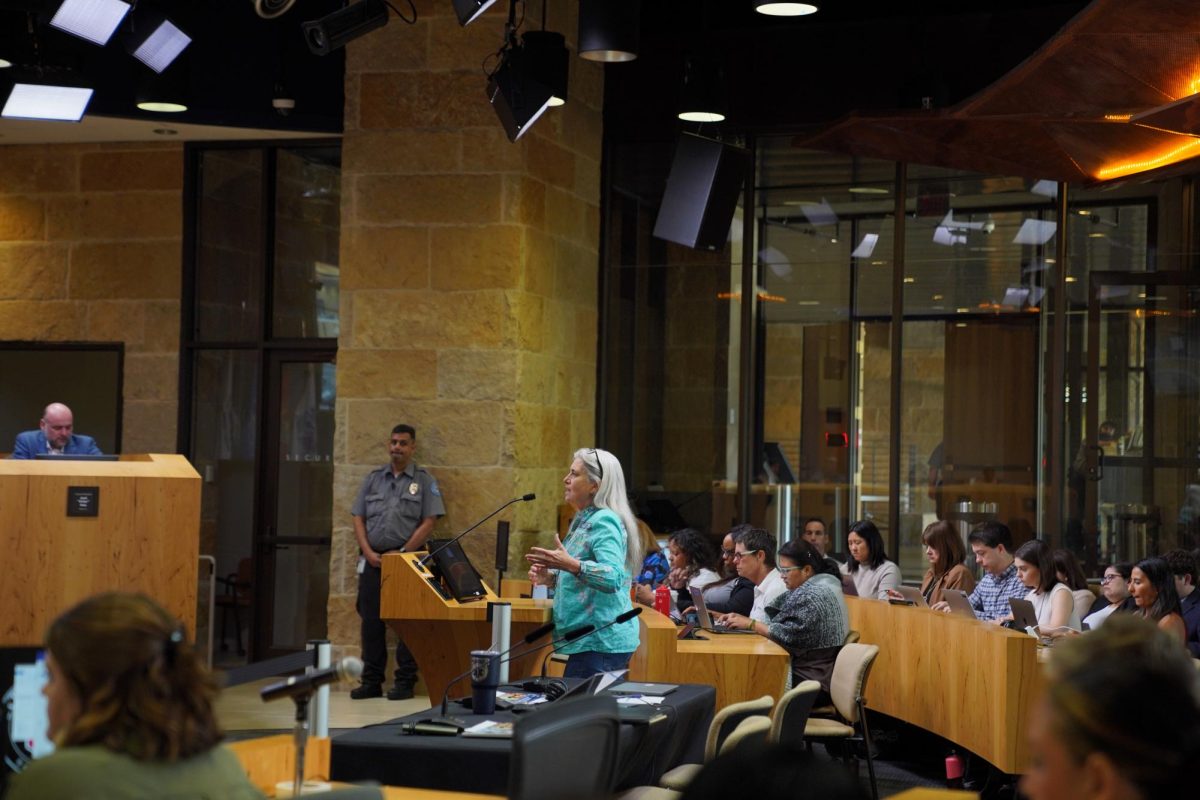UT professors are joining Austin community members to cultivate creativity among adolescents otherwise considered derelicts by some members of society.
Travis Marcum of the Austin Classical Guitar Society said he once asked a class of court-involved youth, those under the age of 18 considered dependent and delinquent, if they felt they were good at something. He said most of them answered no. By the end of a program designed to help students build confidence and develop positive habits, those same students said they were proud of their acquired skills in music and were eager to perform for others.
This kind of positive engagement for at-risk youth was the subject of Monday’s Juvenile Support Network Conference, titled “Creative Pathways to Engaging Youth.” The conference featured discussions on building confidence, a showcase of local youth-engaging organizations such as the Austin Classical Guitar Society, as well as presentations of those involved with creative projects designed specifically for helping court-involved youth.
Marcum, director of education and outreach for the Society, gave the first presentation and described how one-on-one guitar classes help students develop skills such as problem-solving and being open to constructive criticism. He said each student has a small part in the ensemble and has opportunities to compose his or her own music, perform for family and staff members as well as critique other students.
“This conference is to increase awareness of issues that face low-income, at-risk students,” said Wanda Nelson, spokeswoman for UT’s Division of Diversity and Community Engagement. “Ultimately, we want students to return to their communities and to add something positive to those communities.”
Assistant Professor of Educational Administration Victor Saenz discussed incarceration rates at the event and said of the 2.1 million inmates at the state and federal level, 45 percent are African-American males and 25 percent are Latino males.
“We’re here to champion a group of people who are often overlooked, who are often written off,” Saenz said. “The kind of messages they should be hearing are that they have potential to be successful, to be cared for, to be loved.”
A variety of panelists presented their creative projects designed to help engage and support court-involved youth.
Patrick Torres, a program director for the Theater Action Project, the largest provider of arts education in Central Texas, said the program for court-involved youth was inspired by a rising trend of gang membership.
“We believed that the arts, particularly drama and theater, would be a good way to reach these students,” he said.
Torres said 90 percent of the students involved in the project showed improvements in positive communication skills and peer and family relationships. The idea behind the program is to use theater as an intervention and to relate skills acquired on stage such as conflict resolution and character development to everyday life, he said.
“You don’t have to be defined by the past choices you’ve made,” Torres said. “You can use your experience for the benefit of your community.”
Lisa McWilliams, executive director and founder of the Mobile Film School, discussed the immersion environment her program uses to get students thinking about personal values and ways to communicate those thoughts through self-made films about the communities they come from. She also said collaboration is a large part of the process and students take away critical thinking skills that can benefit them later in life. She showed two animated videos made by students to tell their personal stories of abuse and gang violence.
“We ask them, what’s important to you?” McWilliams said. “What story do you want to tell?”
Printed on Tuesday, October 18, 2011 as: Art outreach empowers at-risk youth




















